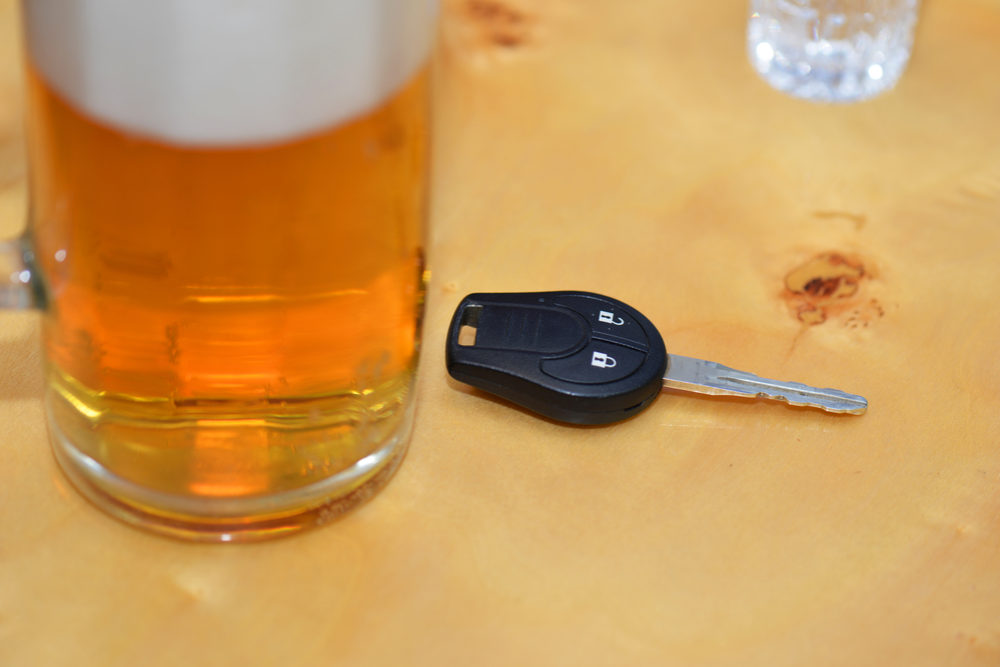Fewer Teens Driving Under the Influence on U.S. Roads: CDC

A new study by government researchers suggests that the number of teens driving under the influence of alcohol is down from prior years.
The findings were released this week by the U.S. Centers for Disease Control and Prevention (CDC), in the latest issue of the agency’s Morbidity and Mortality Weekly Report. Researchers found that the prevalence of teens between the ages of 16 to 19, drinking and driving has declined by nearly 60%, down from more than 16% in 2002 to nearly 7 percent in 2014.
Among youths aged 21 to 25, driving under the influence of alcohol decreased 38%, from 29% in 2002 to 18% in 2014.

Did You Know?
Millions of Philips CPAP Machines Recalled
Philips DreamStation, CPAP and BiPAP machines sold in recent years may pose a risk of cancer, lung damage and other injuries.
Learn MoreThe data came from the Substance Abuse and Mental Health Services Administration (SAMHSA) National Survey on Drug Use and Health (NSDUH) for 2002 to 2014.
The self-reported national estimates of more than 380,000 teens and young adults between the ages of 16 to 25 indicate that more teens and young adults are playing it safe and opting not to drive if they drink.
The results of the study suggest that driving under influence of both alcohol and marijuana was also down. Driving while under the influence of the combination of both declined by 39% among both age groups.
Teens driving under the influence of marijuana alone also declined by 18%, but only among the 16 to 20 age group, not the older age group.
Overall, the prevalence of driving under the influence of alcohol alone was greater than that of marijuana alone or the two combined.
Despite the promising results, the survey also suggests that teens are driving more on the weekends and at night when under the influence of marijuana. Teen marijuana influenced driving on weekends and nights increased by 48%, from nearly nine percent in 2007 to nearly 13% in 2014.
Auto accidents are the leading cause of death among youths and young adults ages 16 to 25 in the U.S.
CDC officials say the results of the new study are promising, and conclude that numerous safety interventions are working to help reduce inhibited driving. Those include; instituting minimum legal drinking age laws, prohibiting driving with any alcohol level for teens under 21 years of age, widespread and targeted media campaigns, and roadside testing checkpoints.
Researchers also attribute graduated driver licensing programs, saying these specific programs and prohibitions have helped contribute to the decline in driving under the influence, and these programs may also help lower the prevalence of driving under the influence of other substances as well.
Get more articles like this sent directly to your inbox.
"*" indicates required fields





0 Comments